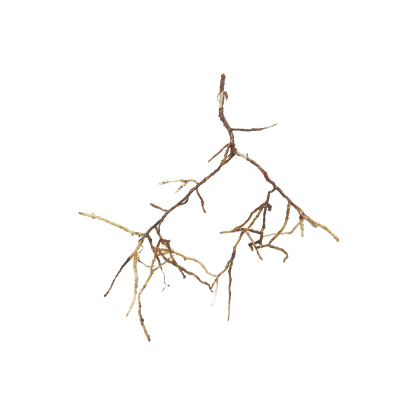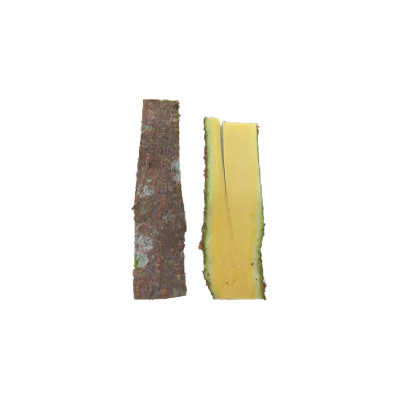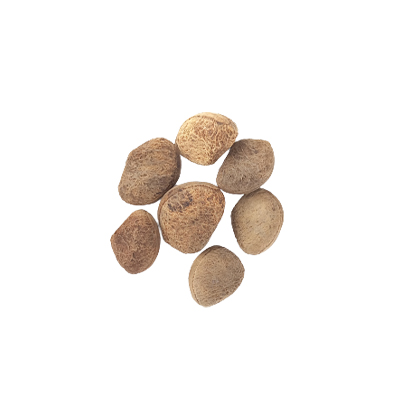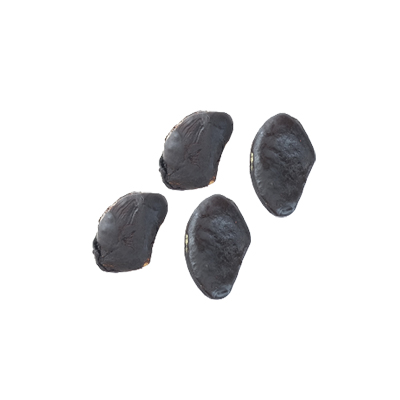Pangi
Pangium edule Reinw.
Achariaceae
Location in our garden
Shading Area


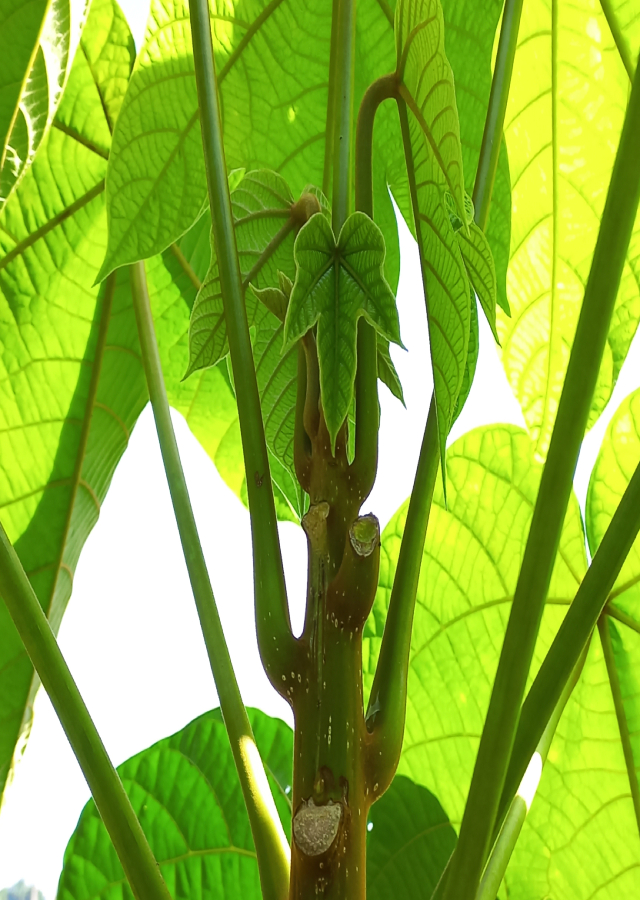
Synonym
Hydnocarpus edulis (Reinw.) Peterm.
Hydnocarpus polyandrus Blanco
Pangium ceramense Teijsm. & Binn. ex Slooten
Habitus
Trees. Pangium edule is a large, evergreen tree with a wide, open, spreading crown that can be up to 50 metres in diameter, and commonly reaches a height of 25 metres and can grow up to 60 metres tall.
Part Used
Leaves
Seeds
Bark
Fruit
Roots
Growing Requirements
Full Sunshine
Habitat
Riverbanks
Forest
Overview
Pangi is one of the native plants of Indonesia which is included in the family Flacourtiaceae where all parts of the plant can be utilized. Pangi plants are spread in the Malesia (Malaysia, Indonesia, and Papua New Guinea). Pangi fruit can be processed into food ingredients such as snacks, cooking oil (kepayang oil), and seasonings. Another uses are as a food preservative, medicine and antiseptic.
Vernacular Names
Football fruit (Engl), Lasret, Raoel, Rauel (Chamorro), Picung, Kluwek, Pucung (Indonesia), Buah keluak, Kepayang, Payang (Malaysia), Puga, Sis, Solomon (Papus New Guinea), Duhrien (Pohnpei).
Agroecology
A plant of mainly lowland areas in the humid tropics, where it can be found at elevations up to 1,200 metres. It grows best in areas where the mean annual temperature is within the range 22 - 28 °C, but can tolerate 18 - 32 °C. It prefers a mean annual rainfall from 2,000 - 5,000 mm, but can tolerate 1,000 - 8,000 mm. Prefers a rich, moist, fertile soil and a position in full sun. In Indonesia it prefers slightly acidic soils with a little shade. Prefers a pH in the range 5.5 - 6.5, but can tolerate 5 - 7.
Morphology
- Root very sturdy taproot.
- The main stem is large, young twigs are hairy (hairy) and gray. The bark is reddish or gray-brown in color and sometimes rough with many hardened cracks.
- Leaves single leaf, gathered at the end of the twig and long-stemmed. The leaf blades of young trees are triangular, whereas in older trees the leaf blades are oval in shape, wide at the base, heart-shaped and the tips of the leaves are tapered. The upper surface of the smooth leaves is glossy green, the lower surface is brown and tightly packed. Leaf bones on the underside protrude. The leaves are about 20-60 cm long and 15-40 cm wide. The fallen leaves leave clear marks.
- Flowers are greenish brown, growing in the armpits of the leaves or almost at the ends of the twigs. Male flowers are arranged in panicles, while female flowers generally appear single at the end of the twig.
- Fruit asymmetrical, oval in shape with both ends blunt. The size varies with a length of 7-10 cm or more. The diameter of the fruit is about 10-25 cm, the flesh is pale yellow, soft and edible. The skin of the fruit is reddish brown with a rough surface containing lenticels.
- Seeds are large and large number, neatly arranged on the fruit axis like cempedak fruit, gray, pyramid-shaped and hard. Large fruit contains seeds that can reach 30 seeds, while small fruits contain about 12 seeds. In the seed there is a seed core (endosperm) which contains a lot of fat. The fruit is still fresh, the endosperm is white, if the fruit has been stored for a long time, the color of the endosperm turns black. Between the endosperm and the shell is bounded by a thin brown membrane. Coarse seed coat with pericarp 6-10 mm thick, woody and grooved.
Cultivation
- Propagated by seed. In view of the hard seed coat, scarification followed by immersion in water for 24 hours prior to sowing is preferred. A seed bed consisting of sand facilitates transplanting. Germination takes about 1 month, seedlings are transplanted to individual pots when 2 - 3 leaves have developed. Potting medium consists of equal amounts of compost and sand. After 4 months the seedlings can be transplanted to the garden.
- In a seedling trial of Pangium edule in Malaysia 9 out of 14 non-scarified seeds germinated after 20 - 32 days.
Chemical Constituents
Cyanogenetic glycosides, gynocardine, palmitic lauric acid, myristic, myristolic, palmitoleic, stearic, oleic, linoleic, linolenic, arachidic, erusate, lignocerate, alkaloids, flavonoids, steroids, and triterpenes.
Traditional Medicinal Uses
- all parts of the plant are considered anthelmintic.
- Seeds, fruits, leaves, and bark considered narcotic, and in excessive doses causes sleepiness, headache, intoxication, delirium, and occasionally fatal.
- Leaves have anthelmintic action. Fresh leaves, leaf sap, pounded leaves or ground fresh seeds are externally applied as antiseptic or disinfectant to cleanse ulcerations, infested wounds, and to treat scurf. Used as insecticide against head lice and ticks or as insect repellent.
- In Papua New Guinea, juice from sliced fruit applied to sores and cuts. Fluid from moist scraped bark is applied to tropical ulcers.
- In Indonesia (North Minahasa), root decoction drunk for hypertension, shortness of breath, renal and liver diseases.
Part Used
Reference Sources
- Useful Tropical Plants. 2021. Pangium edule. https://tropical.theferns.info/viewtropical.php?id=Pangium+edule. 4-11-2021.
- Stuartxchange. 2021. Philipphine Medicinal Plants: Pangi. http://www.stuartxchange.com/Pangi.html. 4-11-2021.
- Flora Fauna Web. 2021. Pangium edule. https://www.nparks.gov.sg/florafaunaweb/flora/3/0/3050. 4-11-2021.
- S. Ramdana, Suhartati. 2015. PANGI (Pangium eduleREINW.) SEBAGAI TANAMAN SERBAGUNA DAN SUMBER PANGAN. Buletin Eboni. Vol 12, No 1 (2015). https://ejournal.forda-mof.org/ejournal-litbang/index.php/buleboni/article/view/5052/4473. 4-11-2021.
